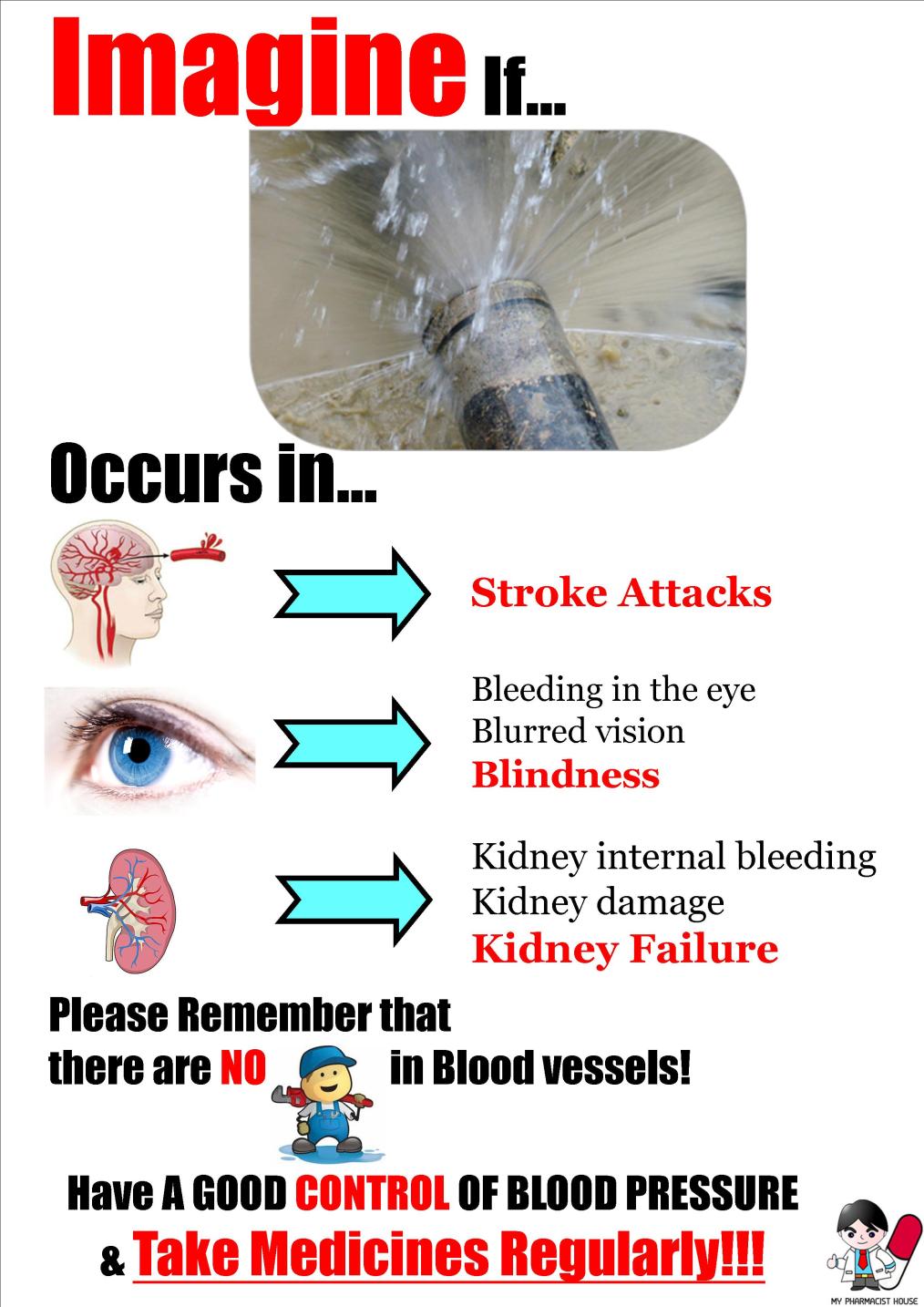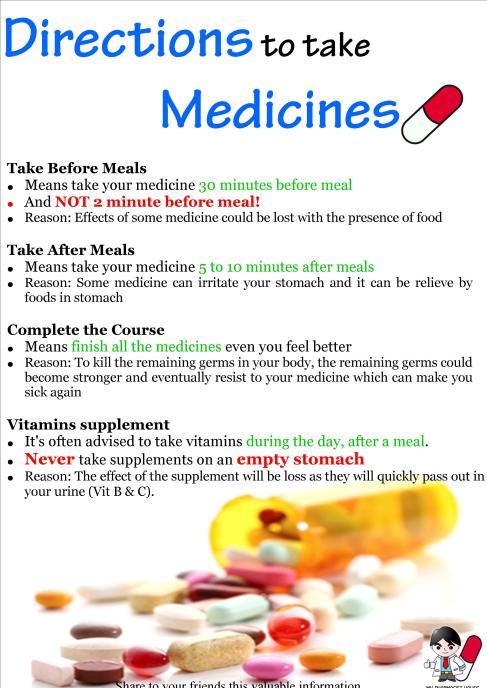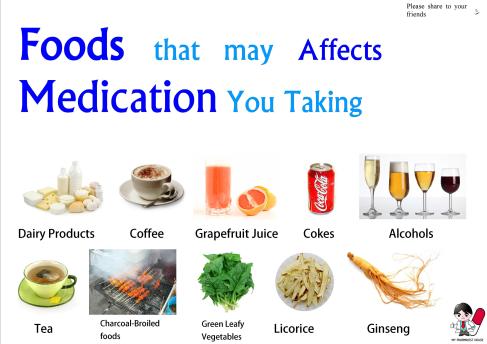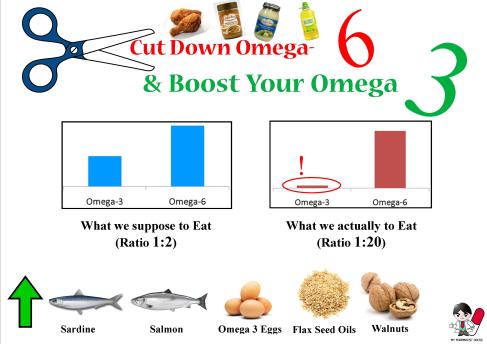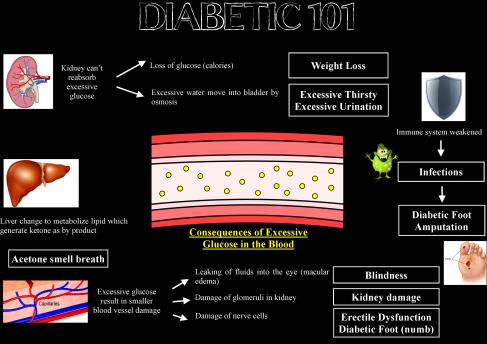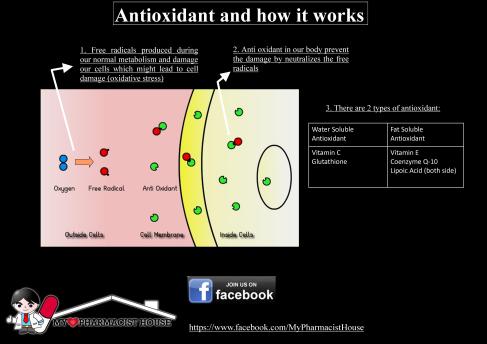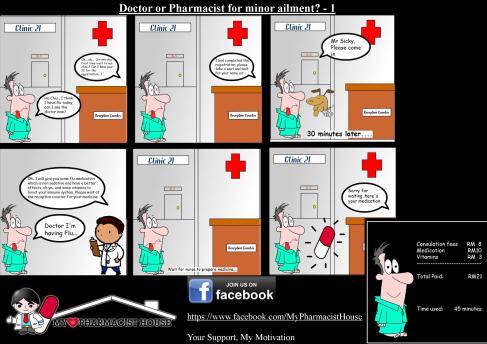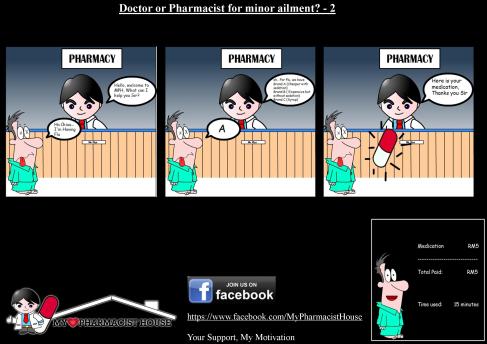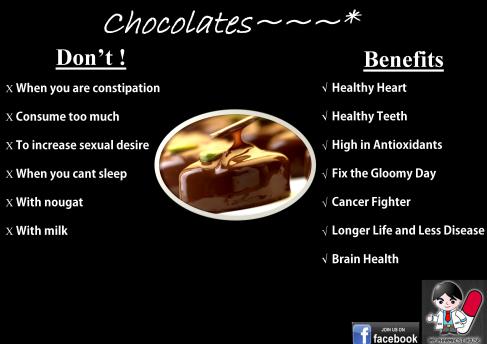
Chocolates
“Chocolate is a complex food with over 300 compounds and chemicals in each bite”. It is a delicious food that caught my heart for long times, there are chocolates lover everywhere, especially the girls.
Is chocolate good for health?
Well, that’s depends on the type of chocolate you are consuming, you should pick dark chocolate instead of milk chocolate or white chocolate, noticed that many dark chocolate packaging labeled the percentage (%) of cocoa, the higher the % the more health benefits the chocolate contains.
* Dark chocolate contain at least 65% cocoa content
Doesn’t Chocolate have a lot of Fats?
Some of the fats in chocolate do not impact your cholesterol. The fats in chocolate are 1/3 oleic acid, 1/3 stearic acid and 1/3 palmitic acid:
- Oleic Acid is a healthy monounsaturated fat that is also found in olive oil.
- Stearic Acid is a saturated fat but one which research is shows has a neutral effect on cholesterol.
- Palmitic Acid is also a saturated fat, one which raises cholesterol and heart disease risk.
That means only 1/3 of the fat in dark chocolate is bad for you.
“Don’t” of chocolate
Don’t consume when you are constipation
Chocolate does not cause constipation in most healthy adults, but it can be a factor if you suffer from irritable bowel syndrome (IBS). Stop eating chocolate, if it causes constipation, and call your doctor.
Don’t eat too much chocolate
Don’t consume too much chocolate at once, a little bit of chocolate is all you need. One study found that as few as 30 calories of flavanol-rich dark chocolate lowered blood pressure. Too much chocolate will cause weight gain and raise your blood sugar level.
Don’t use it to increase sexual desire
Men have long believed that giving a woman chocolate will put her in the mood to get busy. We hate to break it to them, but scientists have not been able to prove that chocolate increases sexual desire in women.
Don’t consume it when you can’t sleep
Chocolate contain theobromine, which is a caffeine relative compound, it is a mild stimulant substances which can make you awake, do not consume chocolate when you are insomnia, and avoid consuming chocolate few hour before you sleep
Don’t Eat with Nougat
Always look for pure dark chocolate and avoid anything with caramel, nougat or other fillings which add sugar and fat to your diet.
Don’t Consume with Milk
Research shows that absorption of antioxidants in chocolate will be decrease by consuming chocolate with milk.
Benefits of chocolate:
1. Healthy Heart
A small bar of dark chocolate everyday is good for your heart, study found that cocoa powder may contribute to a reduction in LDL cholesterol (the bad cholesterol) and elevated HDL (the good cholesterol). Besides that, chocolate can reduce blood pressure in individual with high blood pressure.
In fact, a Swedish study from 2011 showed that women who ate 45g of chocolate per week were 20% less likely to get a stroke than women who ate less than 9g.
2. Healthy Teeth
Chocolate may help prevent cavities and plaque build-up on the teeth, and research has found that the theobromine in chocolate prevents tooth decay by eliminating bacteria found in the oral cavity that contributes to tooth decay.
3. High in Antioxidants
Cocoa contains flavanols, a type of flavanoid that is only found in cocoa and chocolate. Flavanoids are naturally-occurring compounds that occur in plant foods that act as antioxidants and help counteract free radicals in the body.
4. Fix the Gloomy Day
Chocolate contains serotonin, a natural anti-depressant. Chocolate also stimulates endorphin production, which creates feelings of happiness and pleasure.
5. Cancer Fighter
Two ways that chocolate works as a cancer fighter is by inhibiting cell division and reducing inflammation, though research is ongoing and will probably find additional ways in which chocolate fights cancer.
6. Longer Life and Less Disease
One Dutch study followed 200 men over 20 years and found that those who consumed large amounts of chocolate, both milk chocolate and dark, lived longer and had lower overall disease rates than men who ate little or no chocolate.
A Harvard study on the Kuna tribe of Panama resulted in similar findings. The Kuna consumed large amounts of raw cacao every day and the study found them to have lower overall disease rates and longer life expectancy than neighboring tribes who did not consume as much raw cacao.
To further strengthen the case for dark chocolate as a life extender, the world’s longest-lived person, Jeanne Louise Calment, lived to the age of 122 and many ascribed her longevity in part to her consumption of 2.5 pounds of dark chocolate a week.
7. Brain Health
Many studies have shown that dark chocolate is good for the brain. Researchers at Johns Hopkins University found that it can protect the brain after a stroke by shielding the nerve cells from further damage. Dark chocolate has also been found to improve memory. Researchers at California’s Salk Institute found that a chemical in chocolate called epicatechin improved the memory of mice.
References
- http://www.glamour.com/health-fitness/2009/02/dos-and-donts-of-chocolate#ixzz24NX66JMB
- http://www.livestrong.com/article/412104-can-chocolate-cause-constipation/#ixzz24NewMUo7

